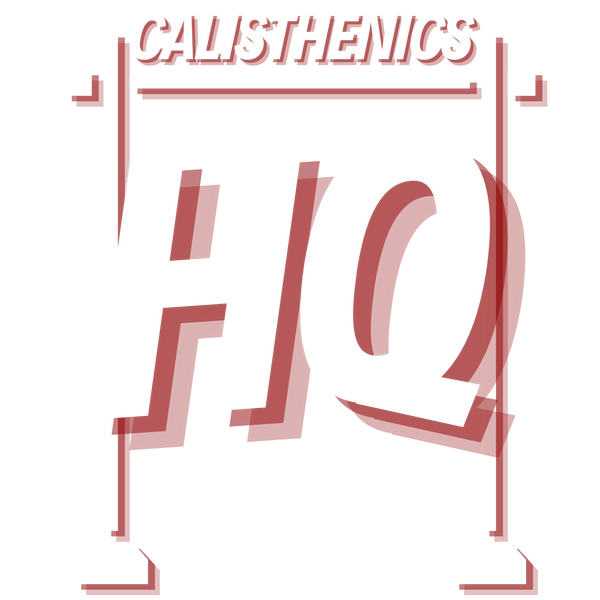Reading time: 5 mins
Struggling to unlock your first pull-up?
You’re not alone, most beginners hit this wall. The good news? The negative pull-up is one of the most effective stepping stones to mastering your first full rep. In this guide, we’ll break down what it is, how to do it safely, and the supporting exercises that will speed up your progress.
Want to see our video tutorial first?
What Is a Negative Pull-Up?
A negative pull-up is when you start at the top of the pull-up movement, chin above the bar and slowly lower yourself down until your arms are fully extended.
You can get into position by:
- Standing on a box and stepping up.
- Jumping into the top hold position.
The goal? To train the lowering phase of the pull-up (eccentric strength) so you can eventually perform a full pull-up from a dead hang, no box, no jump.
Why Negatives Work So Well
Pull-ups are tough because they require a lot of back, arm, and core strength. The lowering phase is easier to control than the upward pull, meaning you can handle more weight (your bodyweight) in this range of motion.
By training negatives, you’re:
- Building strength in your lats (your big back muscles).
- Improving grip endurance.
- Learning proper body control.

Common Training Mistakes (And How to Avoid Them)
Many people start with resistance bands, looping one under their feet for assistance. While bands can help, they also have downsides:
- They can ping off unexpectedly (and yes, getting whipped in the chin isn’t fun).
- The assistance is strongest at the bottom, which is the easiest part of the movement, meaning you might not be getting enough work at the hardest point.
If you’re struggling with negatives, chances are your lats aren’t strong enough yet. That’s where the next exercise comes in.

The Best Supporting Exercise: Australian Rows
Also called inverted rows, these are a game-changer for pull-up progress.
How to do them:
- Set a bar (or rings) at waist height.
- Lie underneath, grab the bar with an overhand grip.
- Pull your chest up to the bar, pause at the top, and lower yourself slowly.
Pro tip: The more horizontal your body, the harder it gets. Aim to get directly under the bar so you’re lifting as much of your bodyweight as possible.
Keeping your lats engaged throughout is key, think about squeezing your shoulder blades together at the top of every rep.

Building the Strength You Need
To fast-track your pull-up journey:
- Alternate between negative pull-ups and Australian rows in your workouts.
- Hold the top position of your pull-up as long as possible before lowering.
- Keep progressing your row difficulty as you get stronger.
From Negatives to Full Pull-Ups
With consistent training, you’ll notice your control improving and your descent slowing down. Eventually, you’ll be able to pull yourself up from a dead hang, your first real pull-up.
Remember: keep your supporting exercises in your routine even after you get that first rep. A stronger back means better form and more pull-ups over time.
Video Tutorial:
Final Word
The negative pull-up is a proven way to build the strength and control needed for your first pull-up. Stay consistent, keep working your rows, and before you know it, you’ll be smashing out reps like a pro.
Once you’ve built strength with negatives, try the archer pull-up.
You can also follow our beginner calisthenics workout to build upper-body strength.
Join the Calisthenics HQ Community!
Feel awkward training alone in a public park? I know I do. Join the Calisthenics HQ community where we train together, share routines, and support each other’s progress. Whether you're a beginner or training a new skill, we've got your back.
Click here to join!










